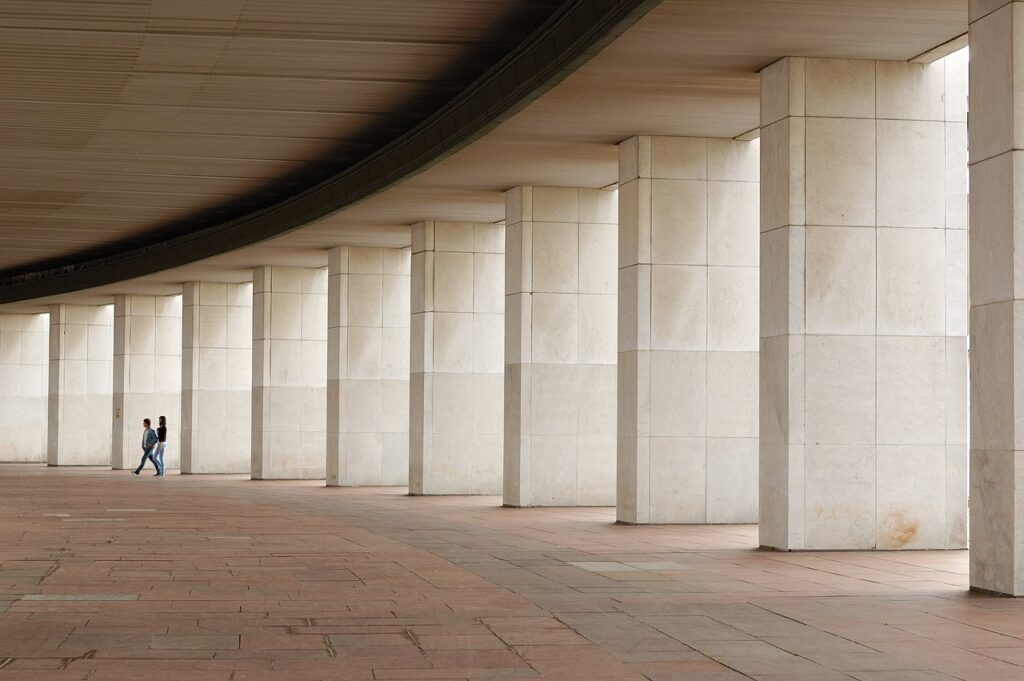
Photo from Pexels.com
Concrete floors have gained immense popularity in both residential and commercial settings due to their durability, ease of maintenance, and modern aesthetic appeal. However, achieving a perfect concrete floor installation requires meticulous planning, preparation, and execution. Whether you aim to create a sleek look with polished concrete or are simply looking to install a sturdy surface, understanding and following the right steps is essential for a successful outcome. Here, we delve into six key steps that will guide you through the process of achieving a flawless concrete floor installation.
Planning and Designing Your Concrete Floor
The first step in any concrete floor installation involves detailed planning and design. This is the foundation of any successful project. Consider your aesthetic preferences, the usability of the area, and the type of finish you want for the floor. Working with architects or designers can help create the perfect layout and achieve the desired functionality. Don’t forget to factor in the thickness of the slab, drainage requirements, and placement of any utilities, as proper planning can prevent costly changes later in the process.
Additionally, it’s wise to research the various finishes available for concrete floors, including stained, stamped, or covering polished concrete, and their maintenance requirements. Each finish has its unique look and application process, thus making this choice pivotal to your overall design.
Preparing the Subgrade
Once the planning phase is complete, the next step is preparing the subgrade. The subgrade must be compacted and leveled to provide a strong and stable foundation for the concrete. Remove any organic material, debris, and loose soil that can undermine the integrity of the concrete floor. Furthermore, adding a layer of gravel or crushed stone can promote drainage and assist in water runoff.
It’s important to check for moisture in the soil, as excess moisture can lead to complications after the concrete is poured. Installing a moisture barrier, which is typically a layer of plastic or vapor-retardant membrane, will protect the concrete from moisture rising from the ground.
Setting Up Forms
The next critical step involves constructing the forms that will hold the concrete in place until it sets. These forms can be made from wood, metal, or plastic, and they should be strong enough to withstand the weight of the concrete and align correctly with the desired finished edges. The forms should be level and securely anchored to prevent any movement during pouring.
Once the forms are in place, it’s essential to check for proper slope according to your drainage plan; any errors could lead to puddling or uneven surfaces post-installation. Use levels and string lines to ensure everything is correctly aligned before moving on to the next stage.
Mixing and Pouring the Concrete
At this point, you are ready to mix and pour the concrete. Depending on your project’s scale, you can purchase pre-mixed bags or order ready-mix concrete from a supplier. Always adhere to the manufacturer’s instructions when mixing your concrete, especially with respect to water ratios, as this can significantly affect the strength and durability of the final product.
When pouring the concrete, start at one corner and work your way to the opposite side. Be sure to spread the concrete uniformly and eliminate any air pockets. This helps in achieving an even surface. As you pour, use a bull float to level the freshly poured concrete immediately, ensuring a smooth surface. It’s best to work in sections to manage the curing process effectively and maintain consistency throughout the entire area.
Finishing the Surface
Once the concrete has been poured and leveled, the finishing stage begins. The timely execution of finishing techniques influences the final texture of the surface, so timing is crucial. Depending on the desired finish, you might opt for a troweled surface, broom-finished, or a specialized finish such as a polished look.
For a sleek finish, covering polished concrete would require specialized tools and techniques. It typically involves grinding down the surface to reveal a smooth, glossy top layer. Each finishing method has its advantages, so consider the aesthetic and functional implications of your choice. After finishing, allow the surface to cure properly according to the concrete inspector’s guidelines, as this step affects long-term durability.

Photo from Pexels.com
Curing the Concrete
Curing is a crucial step in the concrete installation process, as it allows the concrete to hydrate properly, gaining strength over time. Depending on the weather conditions, this may require different approaches such as using curing compounds, wet burlap, or plastic sheeting. Keeping the surface moist for the first 7 to 14 days will greatly enhance the strength and longevity of the concrete. Failure to cure properly may result in cracks or weakened surfaces.
Check local regulations and best practices to ensure compliance throughout this period. Once adequately cured, you can proceed to apply any additional treatments or sealants that may be necessary, contributing to the longevity and aesthetic appeal of your concrete floor.
By diligently following these six key steps, you can achieve a perfect concrete floor installation that not only meets your design expectations but also withstands the rigors of daily use. From the initial planning and preparation phases to the final curing and finishing steps, each aspect plays a vital role in ensuring long-lasting, beautiful concrete flooring.




